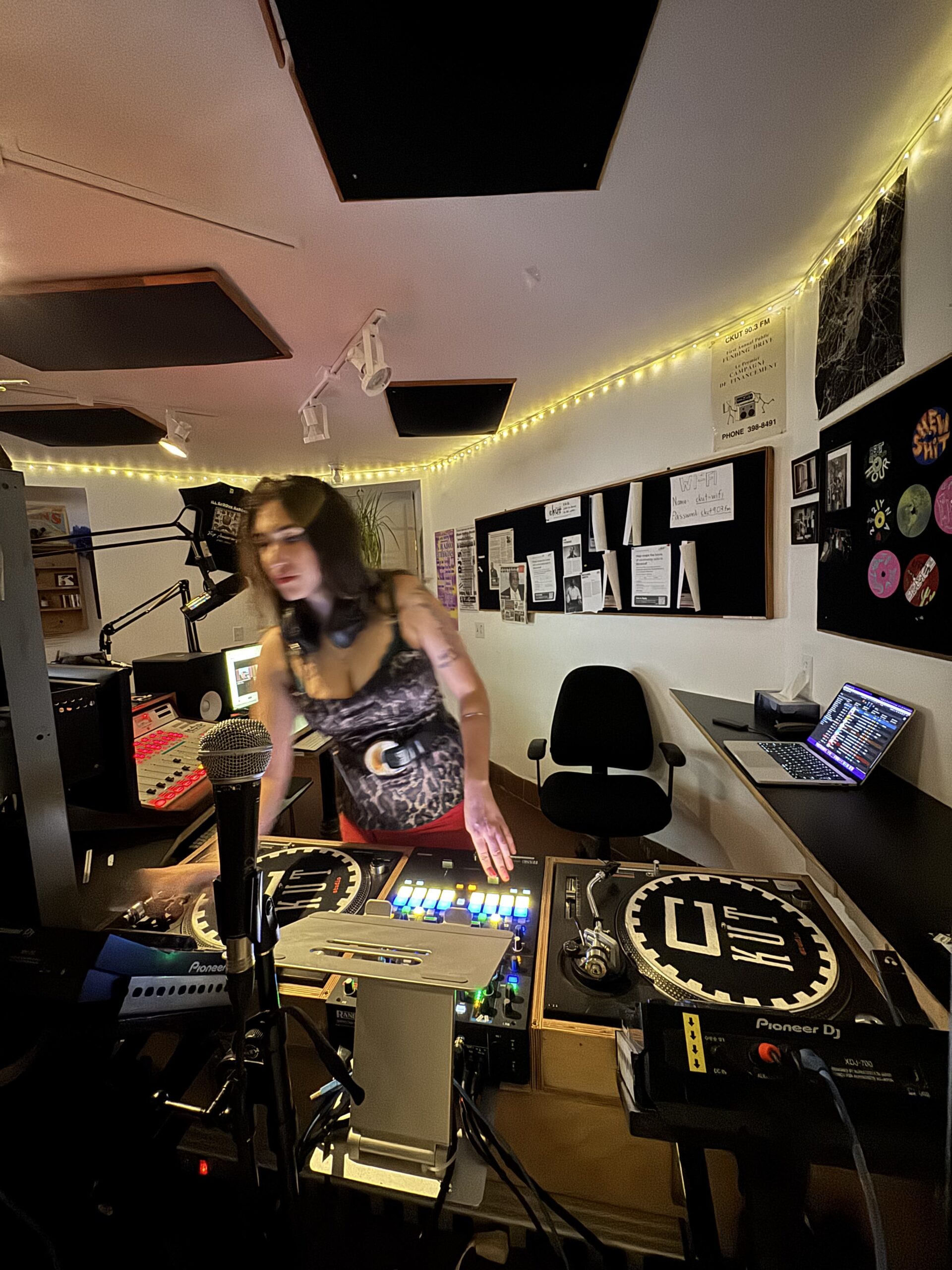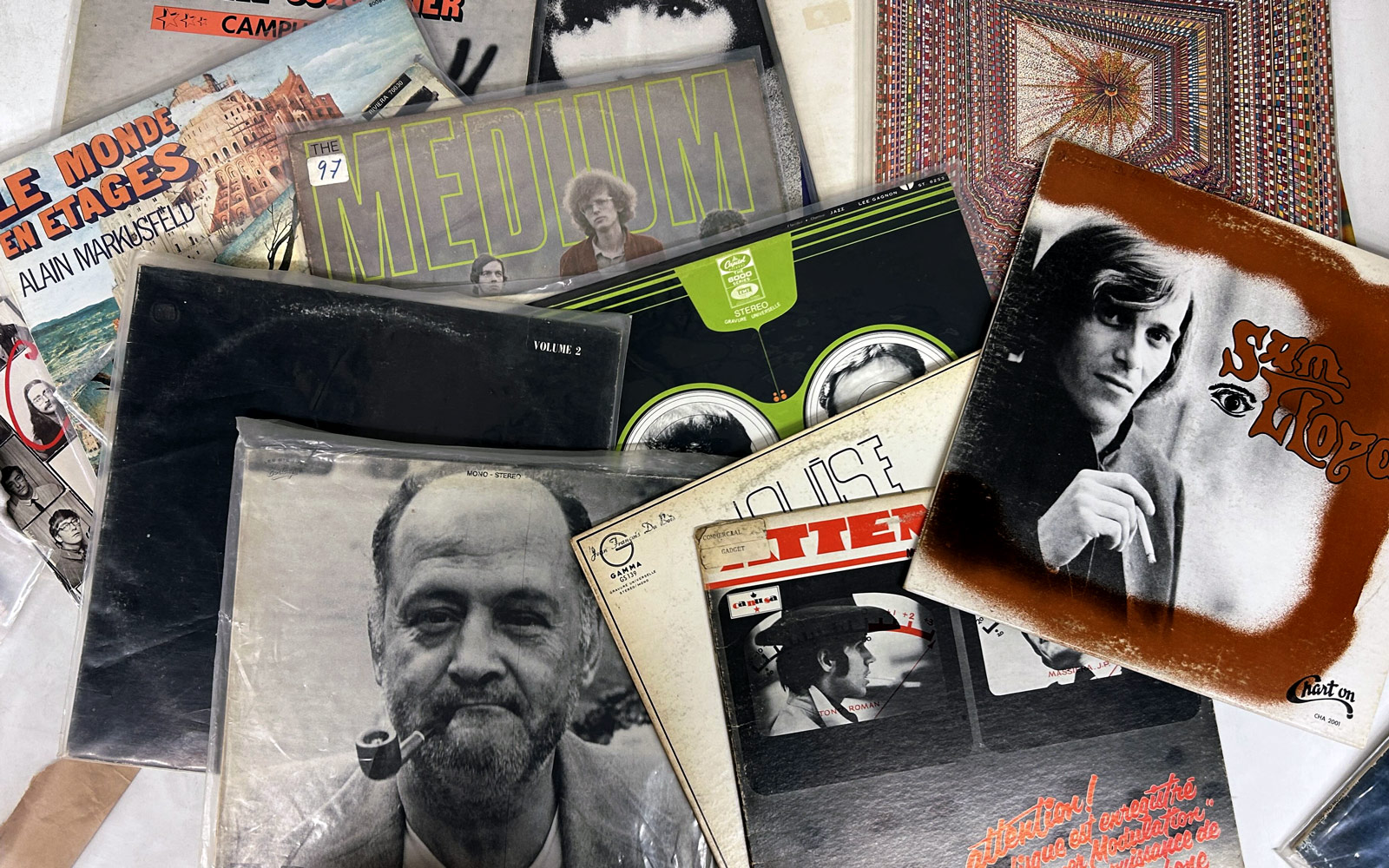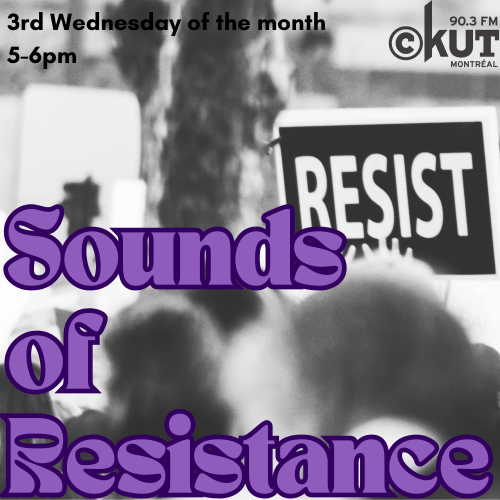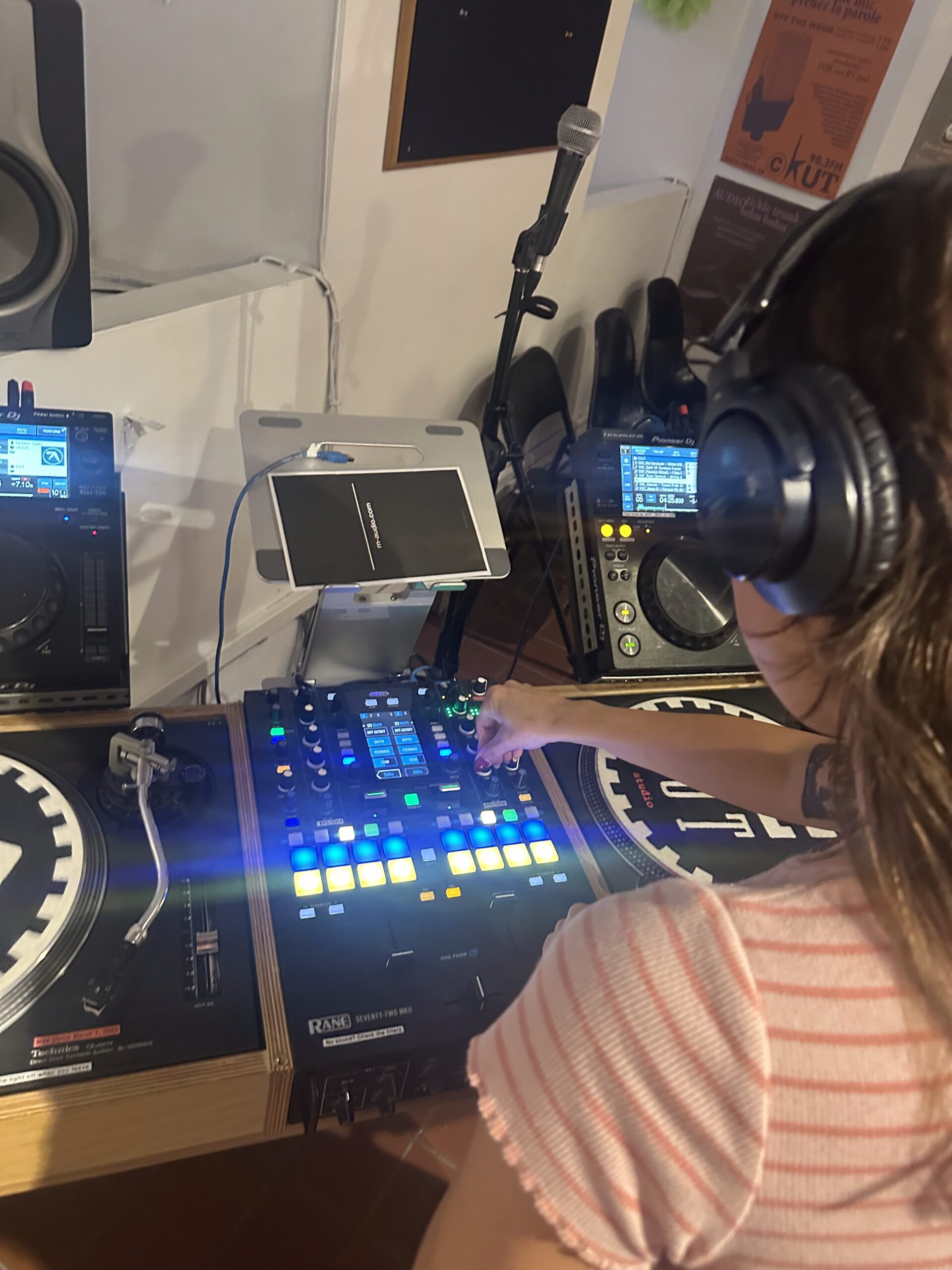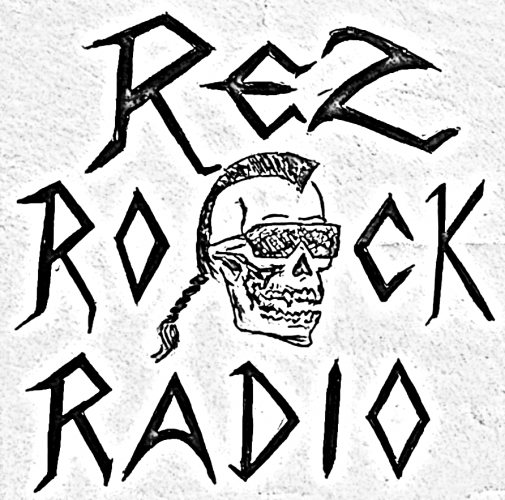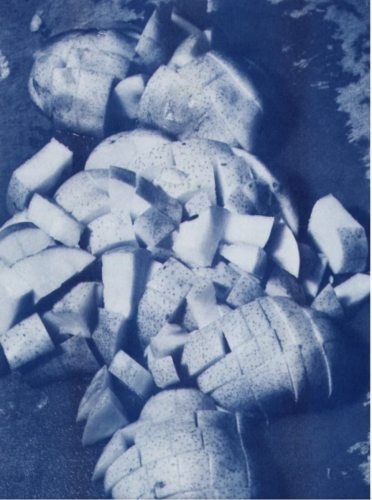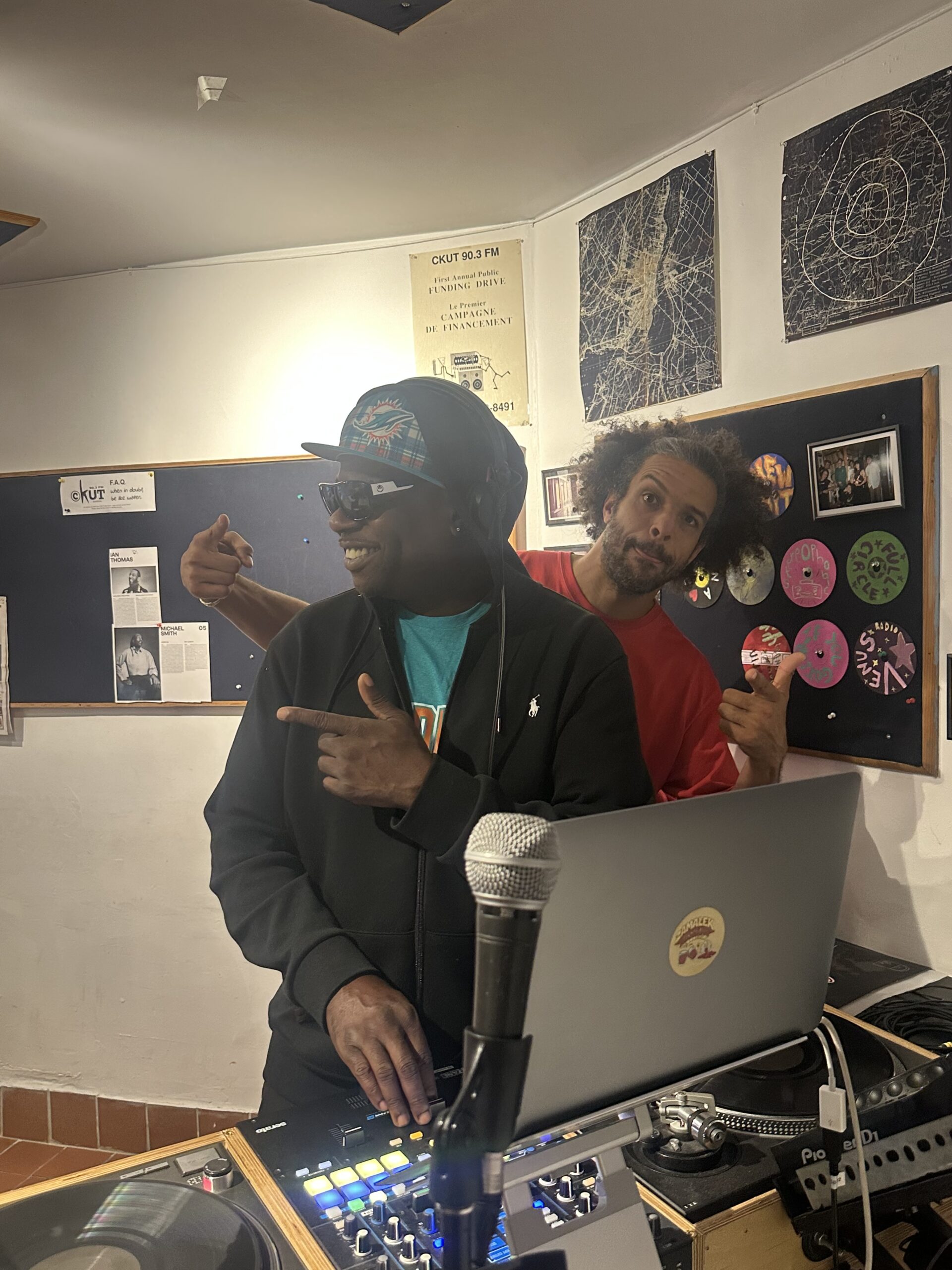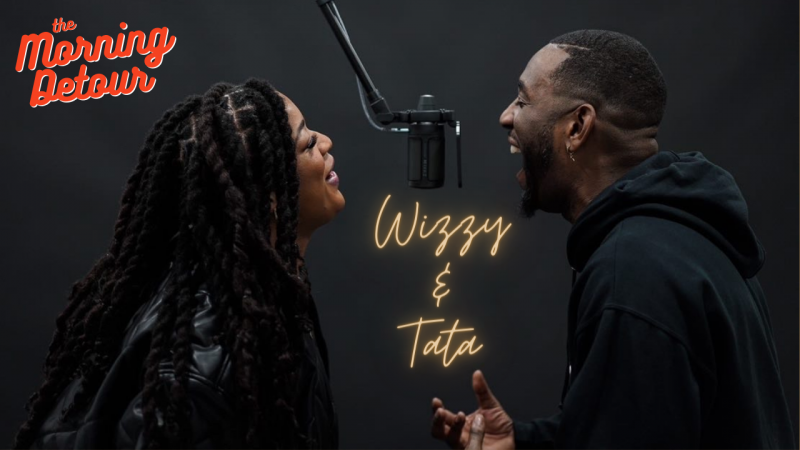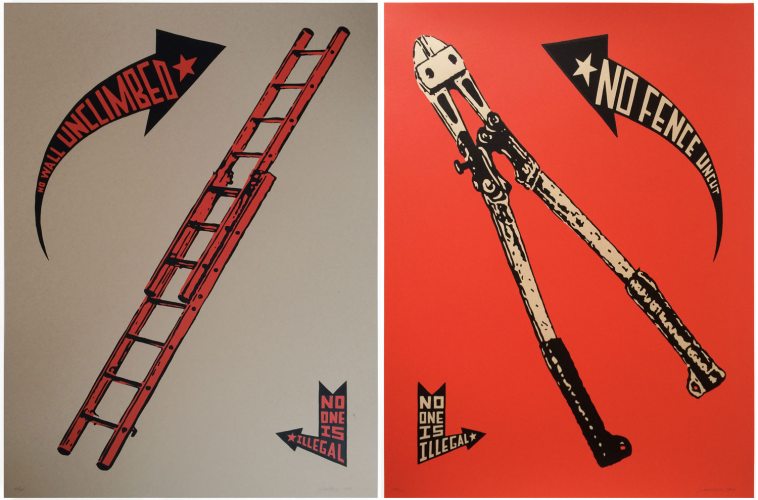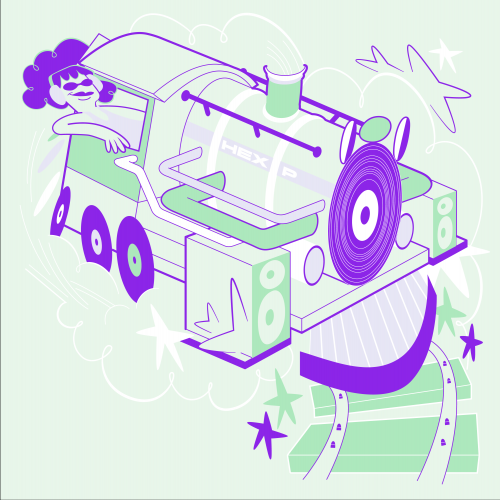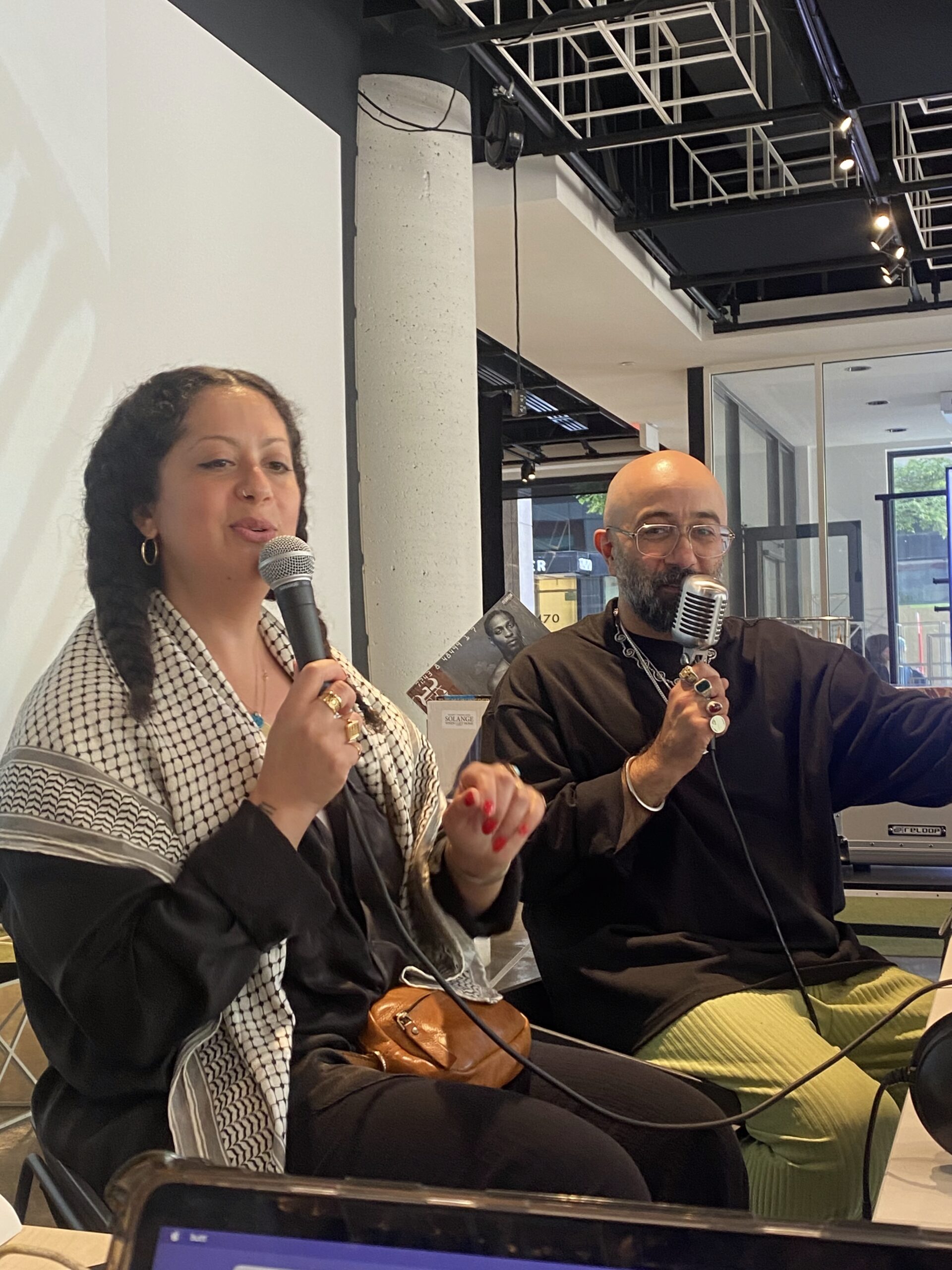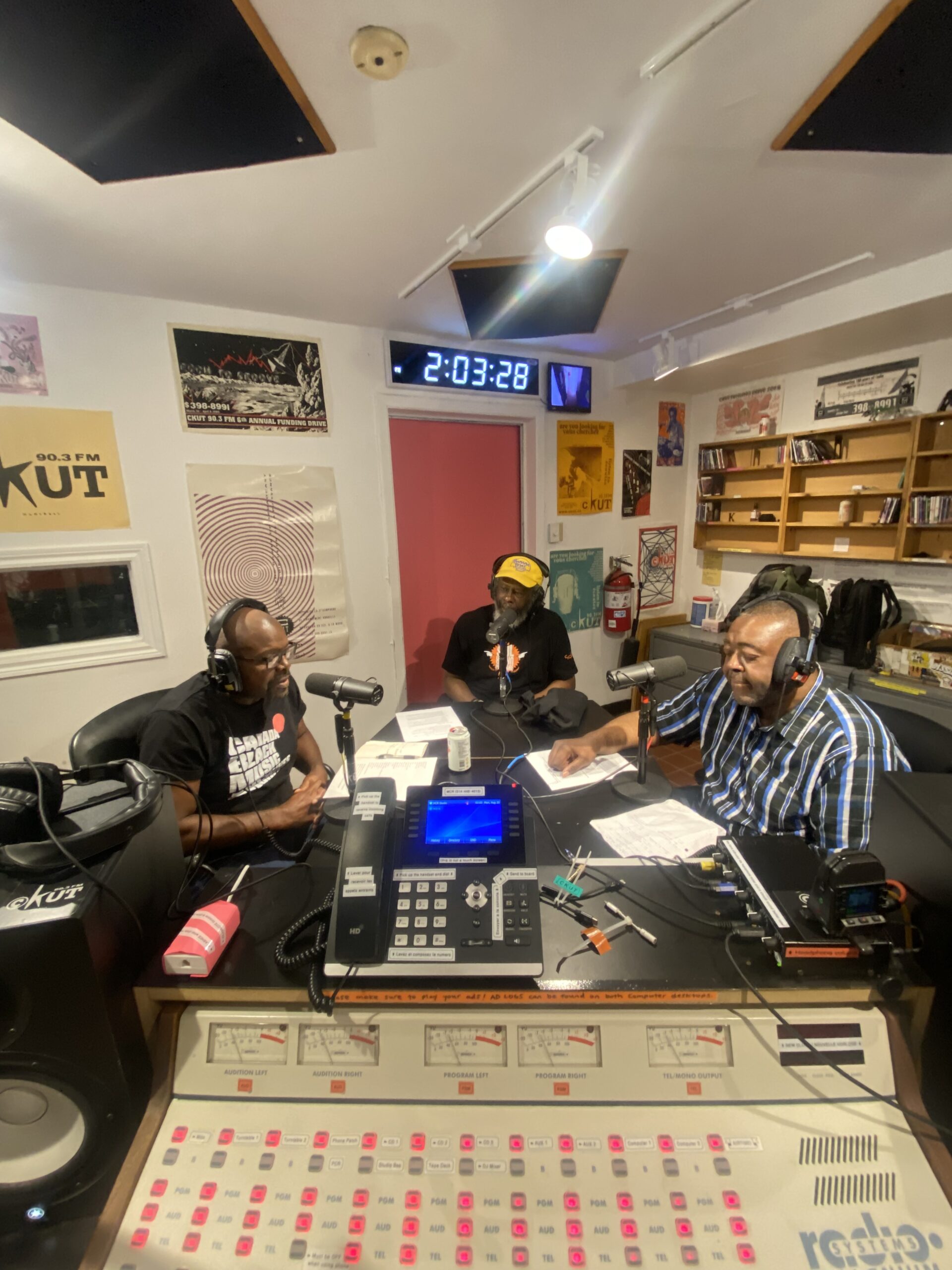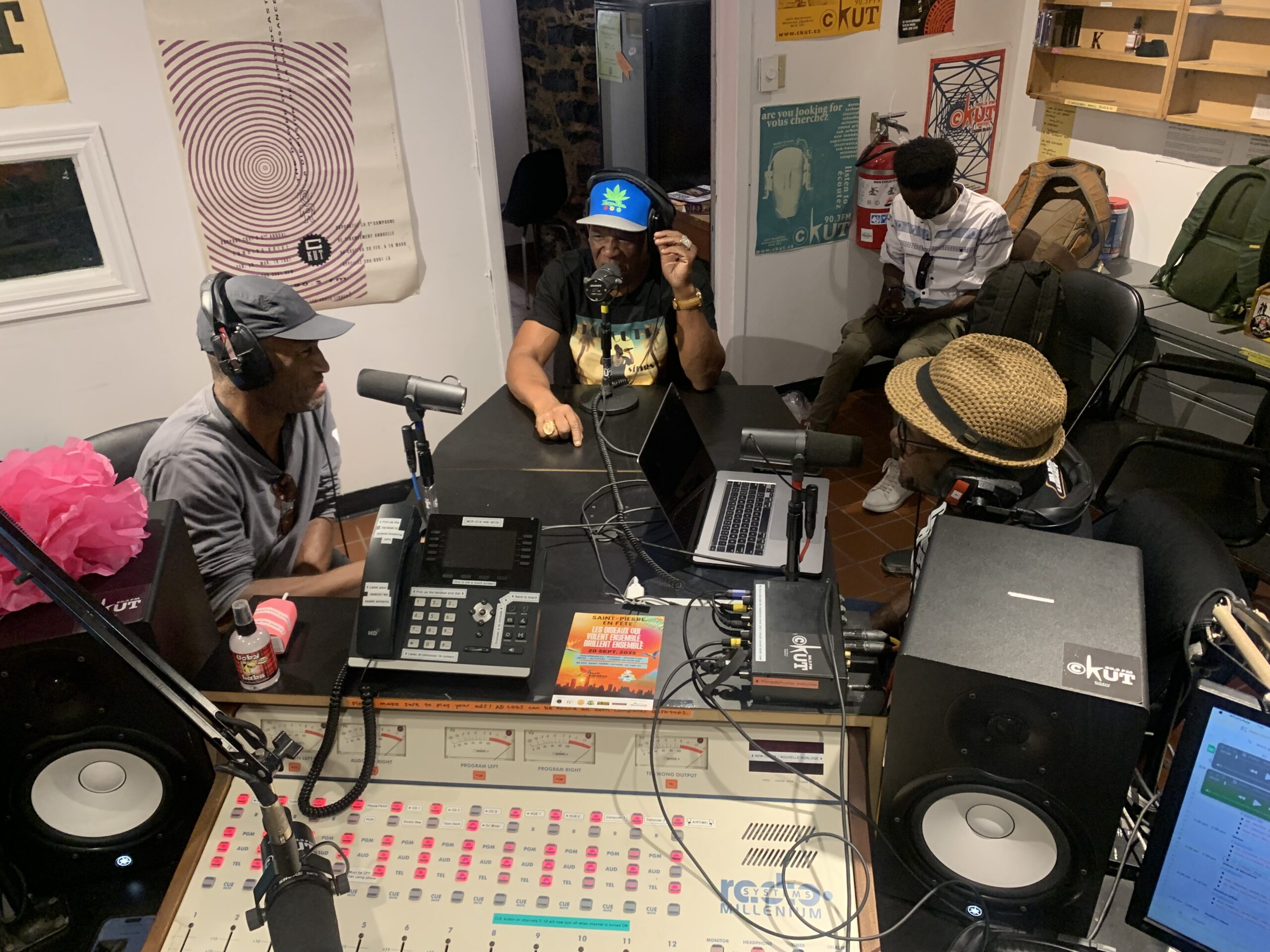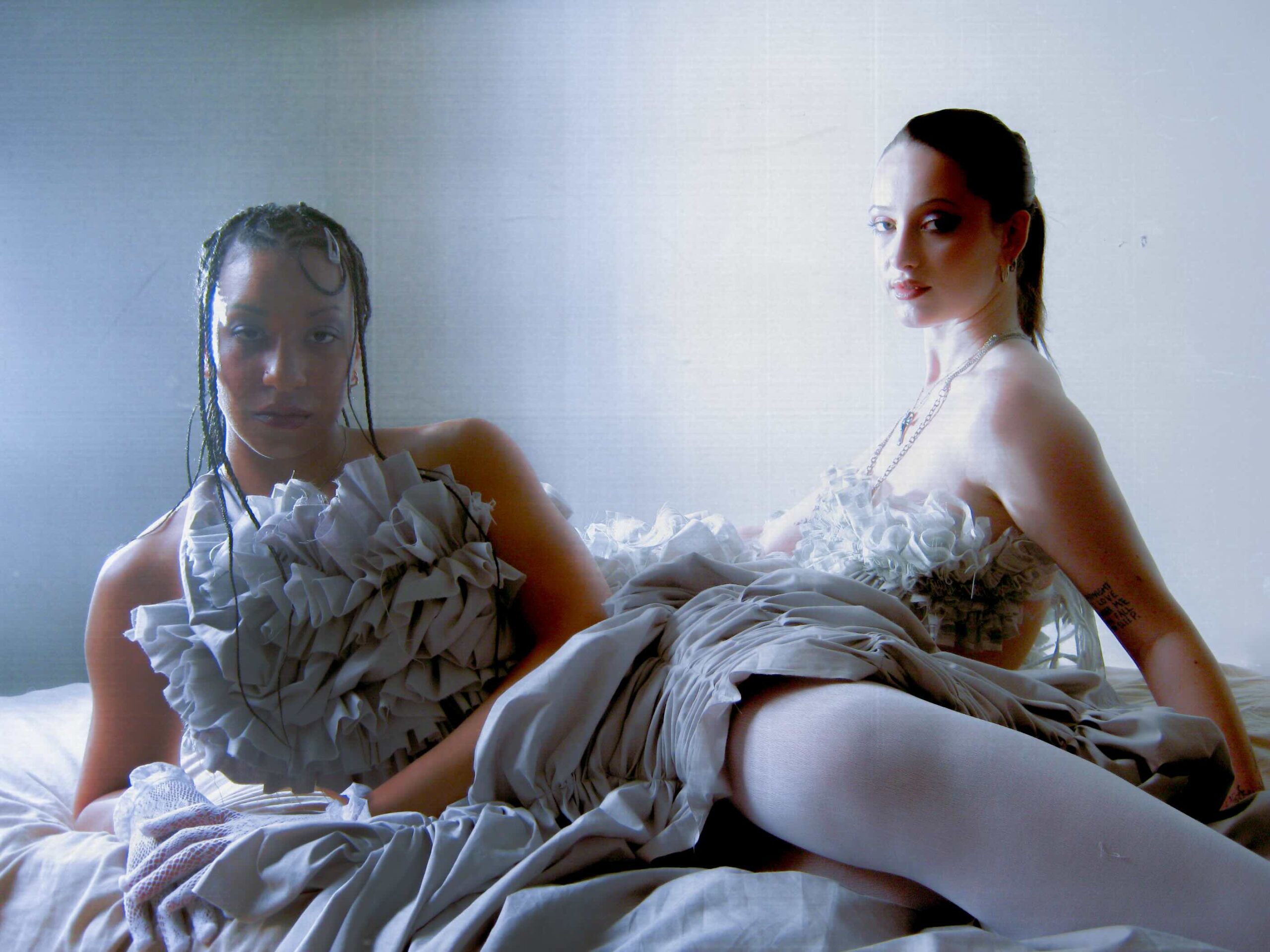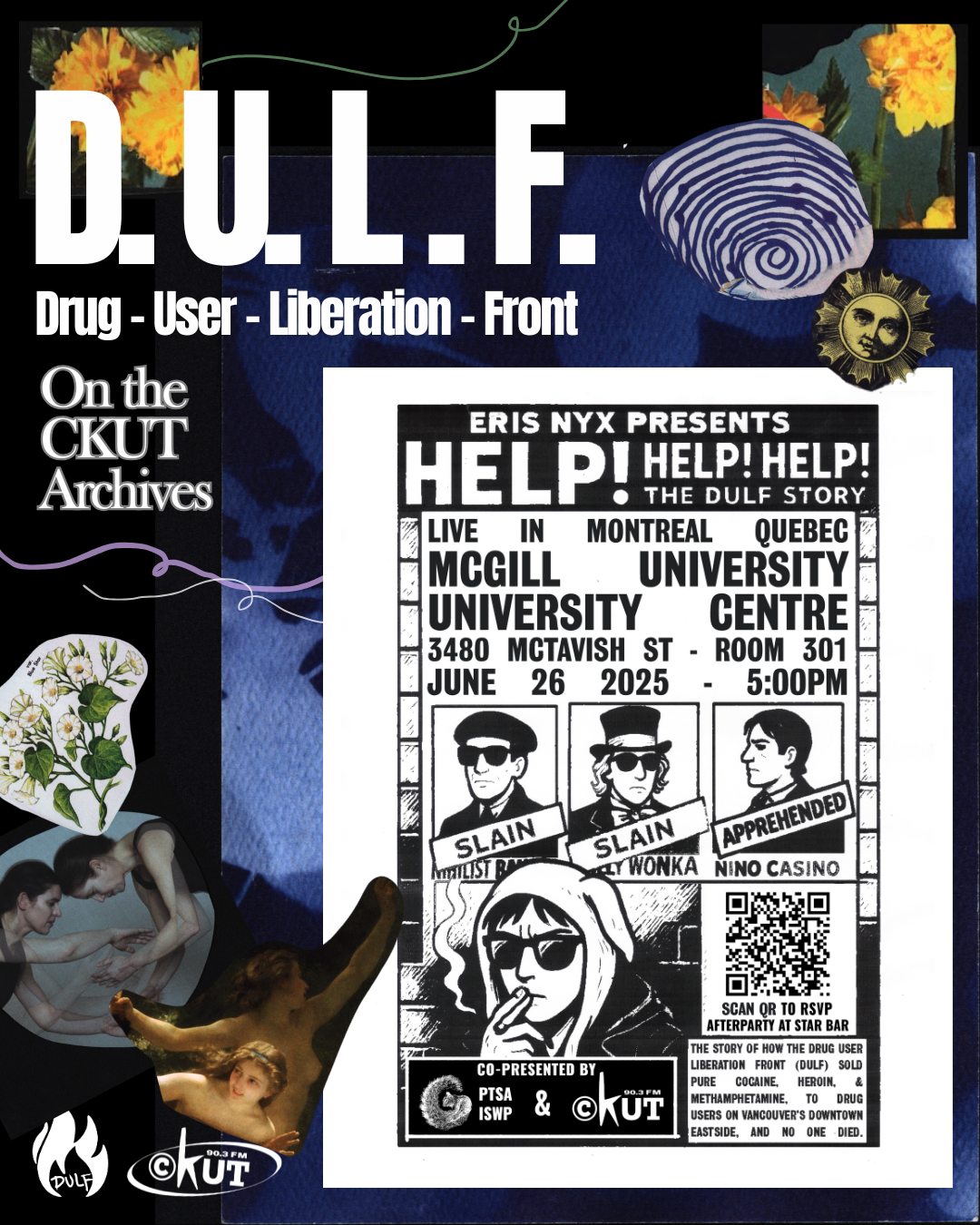Julia Dyck Interviews Rêves Sonores
By Julia Dyck
I first experienced Rêves Sonores perform a few years ago at a busy show at le Ritz PDB. Their looping melodies and gauzy projections whisked me away through a transcendental journey. I was eagerly anticipating the same sensation as I pressed play on Crépuscule.
I let the album repeat for the better part of the day, sleepily going about my daily activities – often finding myself suspended between saxophone riffs and sweeping electronics, the sounds shift in mysterious ways, like a dense fog dissipating to reveal a crisp, dewy morning.
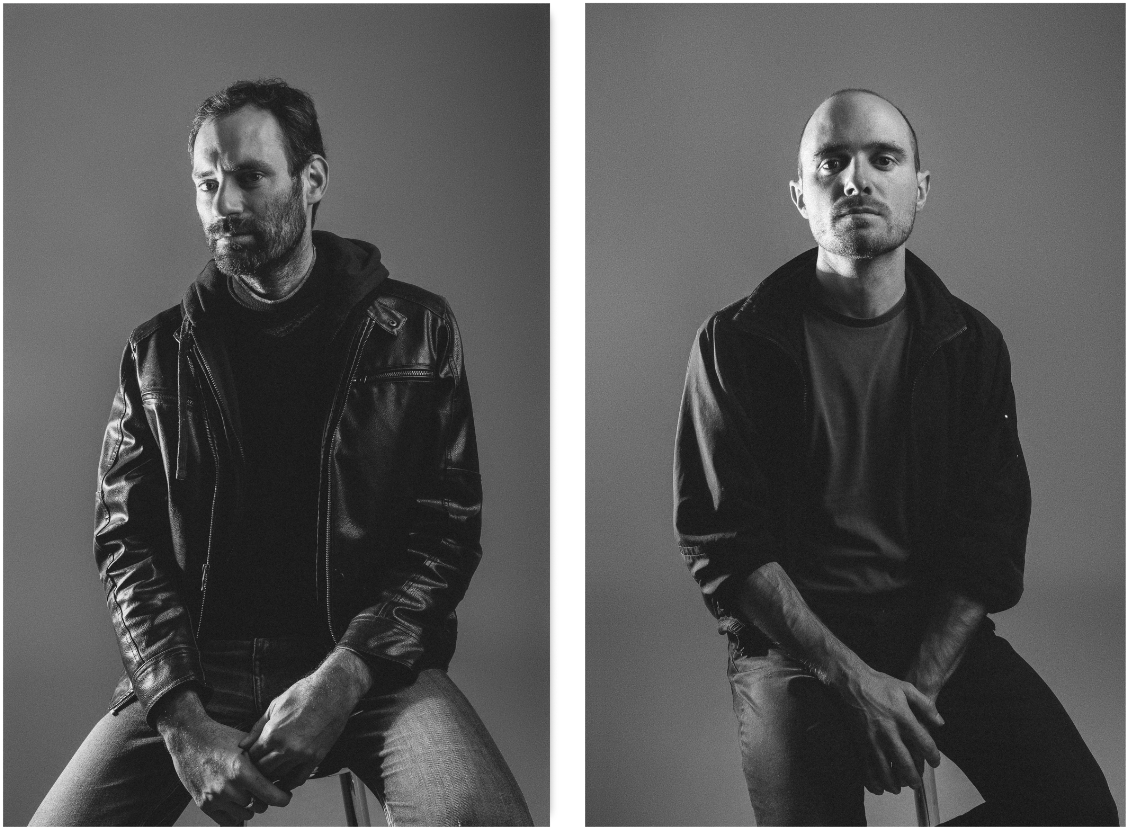
JD – So you’re both staples in the Montreal music arts and activism communities for a number of years now. I wonder how you first began working together and how this project started, or when you knew it had started?
SC – Nick and I were both volunteers at CKUT. I had been working on a series of concerts, and there were music shows but also a lot of tables for different local activists campaigns. Nick was super open and had a generous feeling, so I thought it would be great to invite Nick to record those concerts. That’s basically how the collaboration started, on a community-based level. I knew that Nick was working on an electroacoustics degree at Concordia, so there was some technical know how and focus there that I definitely did not have.
I had a series of recordings that my brother had done on piano and I didn’t know what to do with them, but I thought they were interesting so I passed them to Nick, who was open to exploring, remixing and working on those piano recordings, which I was really excited about. It felt like the first time someone might be open to the idea of exploring what a remix would be, and how that could turn out. Nick was living in point St. Charles and we’d sit there looking at the screen, and there was a lot of programming stuff going on, which I wasn’t that familiar with, and Nick had worked really hard on finding some sections within the recordings that could be adapted and turned into pieces, into some tracks, let’s say. I really appreciated how Nick was invested on an emotional level, but also had a whole skill set in music that I did not know how to deal with.
I’ve said this to Nick a few times but, when I make music on my own, it has a certain sound. Whenever you collaborate with somebody, it has a certain sound. And a lot of the stuff that Nick creates in this project, I don’t know how it happens, somehow reminds me of Montreal at like 6am between April and mid September. Like there’s a certain light in the city.
NS – It really was community artistic activist events that brought us together. It was just a certain magnetic attraction and mutual interest. I would be remiss to not say that Stefan has had such an important influence on me, as a musician and becoming a more socially aware person in terms of humanitarian and social justice issues. I was not exposed to nearly as much experimental music and activist issues before I met Stefan, and I’m so thankful for the influence he’s had on my life.
JD – I feel like this album has a real sense of narrative progression. I understand that these compositions started back in 2015, so how did the conceptual framework or narrative emerge?
NS – So, back in 2015, Stefan and I traveled to New York, and did a duet session of piano and saxophone at 16 Beaver Street. Devin Brahja Waldman played saxophone, and we basically just spent the morning trading between duets and solos. And from there, I would find a loop, a chord, or a passage, I would try to build up from these inspired moments, adding synthesizers, and using Ableton to restructure the piece.
The next stage was inviting Ari Swan to my home studio in Montreal, and Ari just reacted very instinctively. I captured her initial response to all of these skeletal structures. After that I brought the music to the Banff Centre where I added some vintage synthesizers like the Yamaha DX7 and the Moog Prodigy. Another technical influence from the Banff Centre was I met a pedal builder from Fairfield circuitry, a company based in Gatineau, Quebec, who builds very experimental pedals – I ended up processing a lot of the acoustic instruments through these pedals.
The Banff Centre was where everything coalesced, but there was still the final stage of editing it all together and making it sound as seamless as possible. That occurred back at my home studio in Montreal. I would often work until the sun was rising, making micro-edits to give the semblance that all of this music was actually performed as an ensemble, when in reality it was much more of a collage.
SC – I really liked the idea of the building on moments of improvisation. What I really appreciate about this project is the idea of really diving in and focusing in a deep way on different recordings. I’m much more used to just sort of accepting a recording as a moment that I usually think of as a conversation.
Nick was talking about 16 Beaver Street in New York City, which is a space I was more linked to as an activist, but they had a piano there. It was challenging for me, just to be honest, to think about the long-term exploration of developing pieces in a more structured way. It’s really not my style. I have to say that making this album wasn’t super smooth the entire time, there were numerous points of frustration, where it was like, “well, when’s this gonna happen?” Nick was working really hard on it, and very focused on the details. So what I really appreciate in that process is that it actually reflects different approaches, and there’s a balancing of different processes around music creation, which I think is really healthy, on an emotional level, and also just in terms of genuine collaboration. Nick definitely produced this album, but we did dialogue throughout that process, and I definitely found that it was a growing experience for me as an artist to walk through that more long-term thing. It’s something I’m still trying to understand and develop, so I’m happy that this album worked out in that way.
JD – So it kind of started with these fleeting golden moments of improvisations, and then became more and more precise as time went on and as the structure continued?
NS – Exactly, it was all about finding these moments that really jumped off the page. It could be any moment, but when it speaks, it is so perfectly articulated that it’s asking to be embellished upon.
There was this moment when Devin Brahja Waldman was just warming up on his saxophone, and played this phrase in passing. When I really listened to it, it became the basis of one of the pieces on the album called Mondial. And it’s something that he probably didn’t think about for an extra second, but it speaks to the microscopic approach of finding these moments and, over a long term basis, building them up and revealing their potential, versus Stefan’s typical approach of the moment that occurred is its definitive form. I think that there’s something that’s very rewarding about the kind of patient slow sculpting of musical elements and just seeing what they can become. This whole album is an exercise in patience.
JD – I wanted to ask you about the process of inviting people to be a part of the project. Did you know who you wanted to work with? Or did it happen more intuitively?
SC – I think it’s about community collaboration. Again, I just want to shout out CKUT. I think it played a really important role in getting this project together as a community space. In the context of the pandemic I think we are missing space, and sometimes we don’t articulate that, but that physicality of a community space is really important for the creative process. Those dialogues happened in that context. In terms of the other collaborators and contributors, it’s about a building of trust. I think there’s a certain trust that exists between everybody and all their various creative practices and processes. We felt like it was important to invite other voices to contribute.
NC – I think that’s a perfect way to phrase it, that it starts from community trust, and from actually having that same type of open, honest and caring sentiment that flowed between Stefan and I. When we have that same type of feeling about another artist, it becomes more appealing to work with them. I think that that was definitely the case with everyone featured on the album
JD – Did you present them with a particular idea or inspiration, or simply invite them to the studio and say go nuts?
NS – It was all about the instinctual first response; there was no priming for what was desired. There is this unfiltered truth in what comes out in an immediate response, and I think that this project is all about trying to harness that instinctual moment of truth.
JD – So in all of this improvisation and intuition; stems bouncing across the country, or audio recordings coming from Norway, passed between artists, recording studios, DAWs, however else, how did you maintain a sense of harmony or unity between these many moving parts over such a long time?
NS – Yeah, it’s commendable how many different people, places and the duration of time that this album encompasses. I basically took on the producer role, more formally for this album, and I documented all the musicians. I was like the hub, where everything was collected. One way I’ve thought about the album is that it feels so sculptural, and that there are these different materials at play. All the musicians bring their own unique characteristics like sculptor’s materials, and they combine very uniquely in that they can come from different places and be added at different times. It’s about this slow realization of how all the parts work together.
SC – I also think recognizing the coordinator, producer role that Nick has taken on is important, because it’s not always the simplest thing to carry a project from start to end and see it through, especially when there’s so many layers of edits and different spaces involved. An important part of this process was Nick making sure that this was going to get finalized. I really respect how that this project was sort of a departure from other releases, and I think it’s an interesting space that has opened up also in terms of thinking about how to manifest community and this time of the pandemic, we need to capture the experiences we do have, especially as some of them have been erased in the last year that we haven’t been able to play music together. I think this album speaks to reflections about the importance of community and also seeing things through and that long-term building, which is not really how our society is operating.
NS – I think it’s interesting how this project required this certain archival arrangement of all these different musicians, places and times. That reminds me so much of how our friendship began, which was through archiving community concerts. It’s interesting to see the parallel between the very beginning of our collaboration, and how the same type of ideas are echoed in the creation of this album – it comes down to archiving inspired moments of community expressions.
